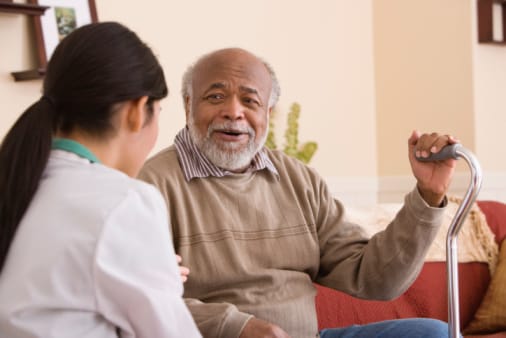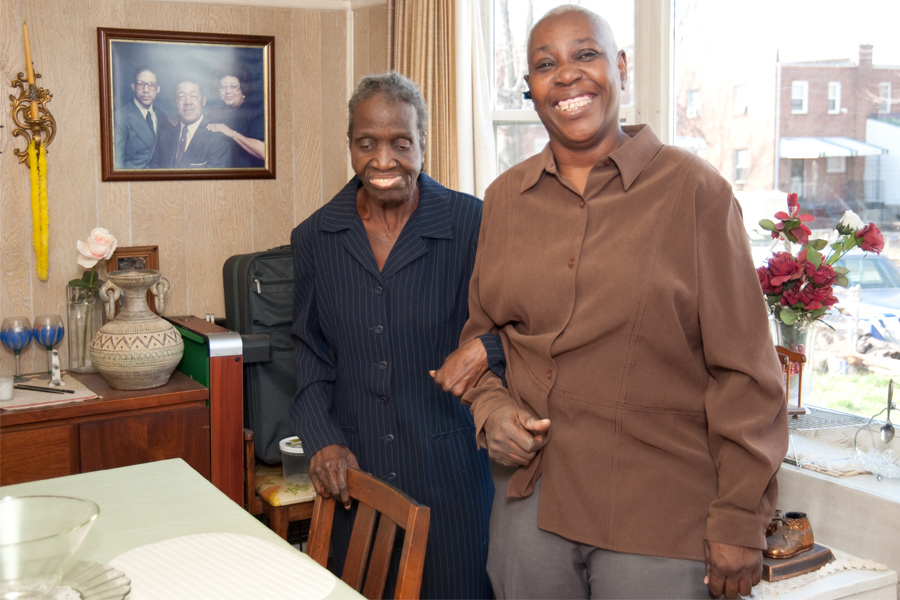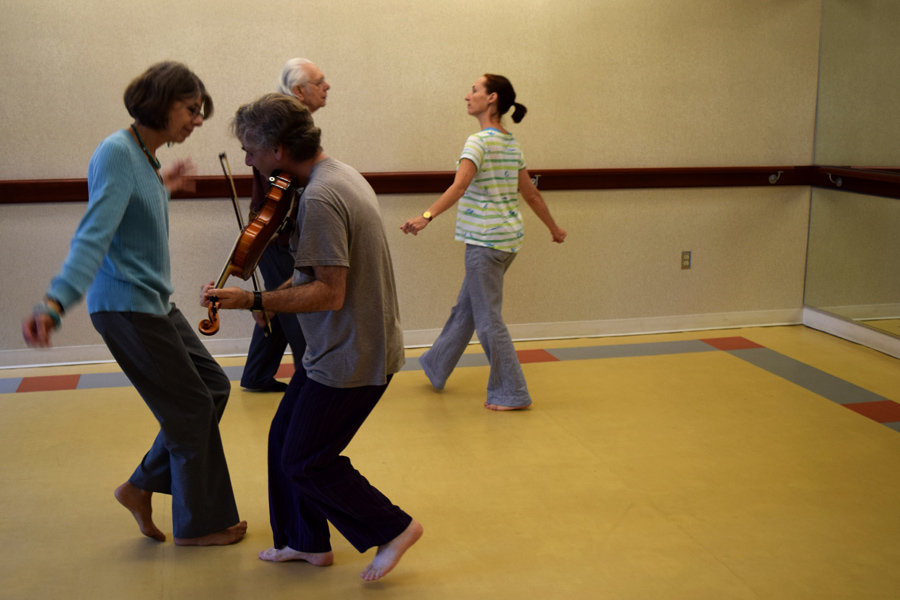Cold weather and winter safety tips for older adults


Older adults run a higher risk of health problems and injuries related to colder temperatures and other winter hazards. In fact, as you age, changes in your body can make it more difficult to notice when you are cold. Additionally, some illnesses like diabetes, thyroid problems, or arthritis can make staying warm a challenge.
For these reasons, it is important that you understand the risks and take precautions during the colder months. This information is equally important to anyone caring for an older relative. Here’s what you need to know:
Frostbite
People with heart disease and other circulation problems are more likely to get frostbite. You may notice a discoloration in your skin (white, ashy, or grayish-yellow), or your skin may feel hard, waxy, or numb.
How to avoid: Bundle up! When going outside in cold temperatures, be sure to cover all parts of your body. Wear a hat, scarf or knit mask to cover your face, mittens, and water-resistant coat and shoes. On very cold days, try to limit your time outside, because frostbite can occur in just minutes.
What to do if frostbite occurs: Place your frostbitten body parts in warm (not hot) water. If your symptoms persist, call your doctor.
An important note: Shivering is not a reliable warning sign of frostbite because older adults tend to shiver less or not at all.
Hypothermia
Hypothermia is especially dangerous to older adults because it can be difficult to tell when their body temperature is too low. Some warning signs of hypothermia include lots of shivering, drowsiness, exhaustion, confusion, slurred speech, and slowed breathing. Call 911 if you think you or someone else has hypothermia.
To avoid hypothermia, stay indoors when it’s very cold outside and if you must venture out, wear lots of layers and stay dry. When indoors, remember to dress warmly (wear socks and/or slippers), and keep a throw blanket over your legs.
How to avoid hypothermia: One way to avoid hypothermia is to keep your home heated indoors to a minimum of 65 degrees. Saving money is important, but not at the expense of your health and safety. (If you need help with high utility bills, call Iona’s Helpline at 202-895-9448.)
Falls
First and foremost, avoid walking on icy or snowy sidewalks to evade a slip. If you must walk outside (and your pathways are not dry or clear), wear boots with non-skid soles to help with traction. If you walk with a cane, you might consider replacing the rubber tip before it is worn smooth or even purchase an ice pick-like attachment to help with your balance. You can purchase this at a medical supply store.
Worried about having a fall while shoveling snow, or don’t have the energy to maintain the sidewalk in front of your home? In DC, you can apply for a Sidewalk Shoveling Exemption. You can also ask a neighbor to help you.
For even more winter safety tips, including information on accidents while driving and fire & carbon monoxide poisoning, download this American Geriatrics tip sheet.
If you’re looking for information and resources on influenza-a.k.a. the flu-check out Iona’s blog here.
The National Institute on Aging is also an excellent resource.
Related Articles

The Stories of Dementia in the District

A Couple’s Vows Create Opportunities to Age Well

Can You Imagine Taking Three Buses to Get to Iona?

